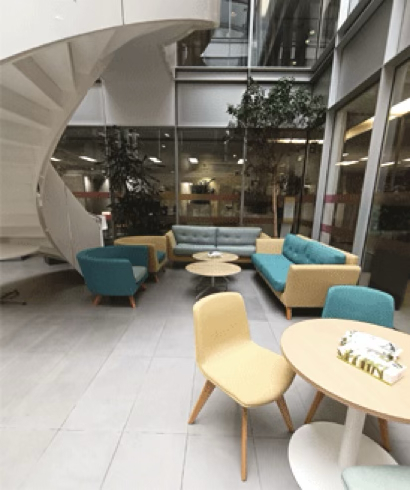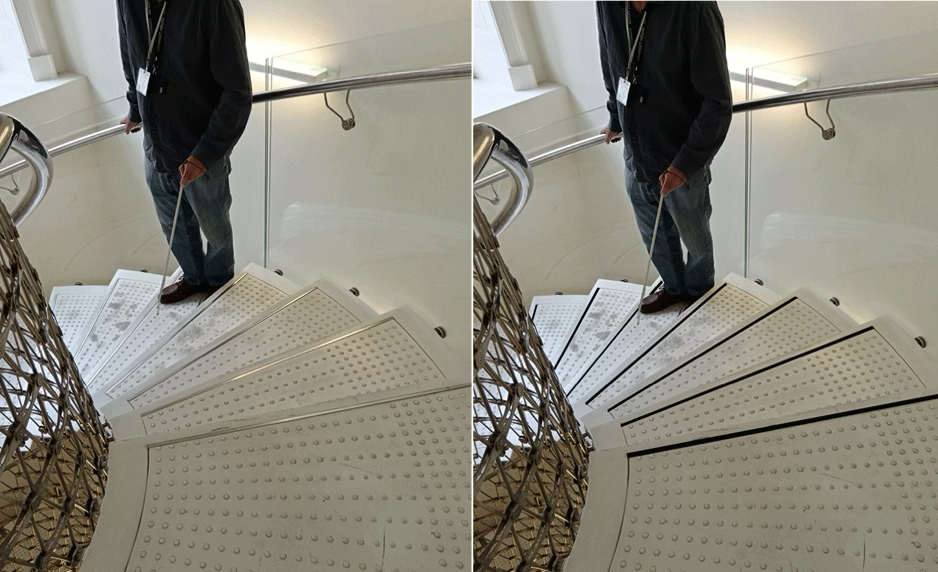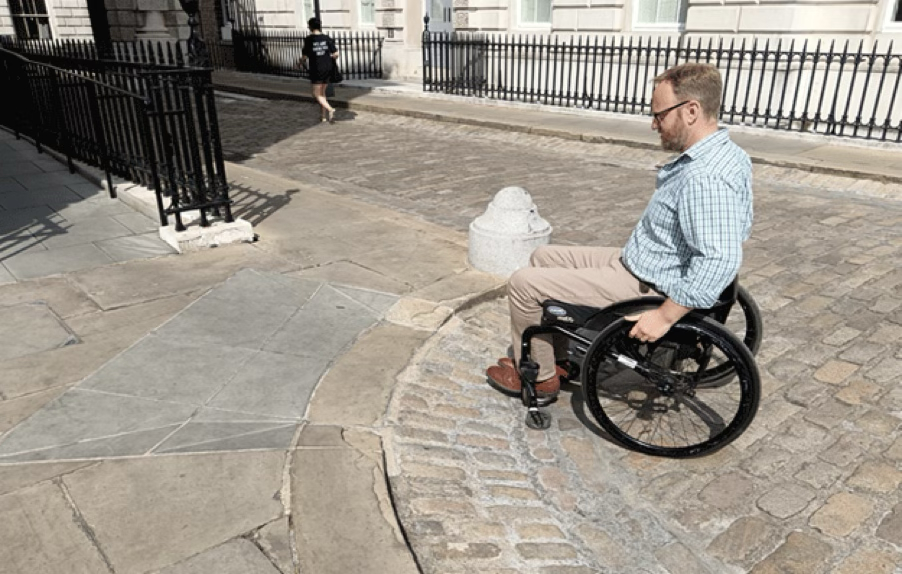Championing Equality, Diversity & Inclusion
An accessibility audit isn't just ticking compliance boxes—it's a meaningful step toward true equality and belonging. By assessing physical spaces through an ED&I lens, you ensure that everyone, including people with lived experiences of disability, can engage with your organisation comfortably and confidently.

Uncovering Quick Wins with Big Impact
Even newly built premises often overlook simple yet crucial features. Making small tweaks—like adjusting ramp slopes or adding high-contrast signage—can unlock significant
These "quick wins" are low-cost solutions with high returns.
Enhancing User Experience for All Abilities
Accessibility goes beyond wheelchairs. Inclusive design considers neurodiversity, sensory needs, and temporary impairments.

Key considerations include:
Clear wayfinding (visual & tactile signage, audible alerts)?Accessible entrances and routes (ramps, level thresholds, handrails)?Facilities that work for everyone (grab rails, emergency cord reach, adequate toilet turning space) Accessible entrances and routes (ramps, level thresholds, handrails)

Fostering a Welcoming Culture
True accessibility isn't just structural—it's also cultural. Part of our service includes assessing staff attitudes, training needs, and the overall hospitality of the environment. A building might be physically accessible, but if staff aren't inclusive, the environment can still feel unwelcoming.

Preventing Legal & Reputational Risks
Non-compliant buildings expose organisations to legal risks under UK disability equality laws. But it's not just about avoiding fines: inclusive spaces send a powerful message that your brand values every individual, boosting reputation, trust, and business performance.
